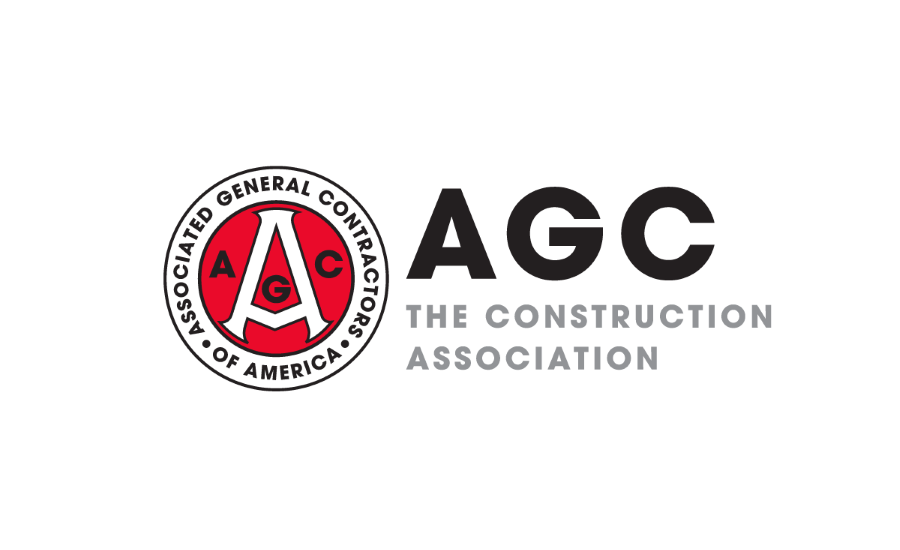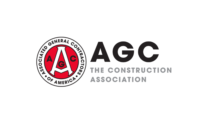Total construction spending increased by 0.9 percent in December and 13.9 percent year-over-year, as gains in residential and public segments offset mixed results among private nonresidential markets, according to an analysis of federal spending data the Associated General Contractors of America released Feb. 1. Association officials cautioned that higher interest rates, labor shortages and regulatory delays could impact future construction spending levels despite overall strength in the market.
“Construction spending rose across the board in 2023 despite higher interest costs, shortages of workers and delays in awarding federal money for infrastructure,” said Ken Simonson, the association’s chief economist. “These challenges remain in early 2024, but the industry is poised for further growth overall.”
Construction spending, not adjusted for inflation, totaled $2.096 trillion at a seasonally adjusted annual rate in December. That figure is 0.9 percent above the upwardly revised November rate and 13.9 percent above the December 2022 level.
Spending on private residential construction rose by 1.4 percent and 6.8 percent year-over-year. Single-family construction climbed for the eighth straight month, rising by 1.6 percent. Spending on multifamily projects rose 0.3 percent.
Public construction spending increased 1.3 percent in December and 21.3 percent from a year earlier. Spending on the largest public category, highways and streets, jumped 4.1 percent for the month, while outlays for educational structures slipped 0.1 percent. Spending on transportation facilities rose 1.1 percent. Other infrastructure segments were mixed: sewage and waste disposal declined 0.8 percent and water supply spending slumped 2.5 percent, but conservation and development outlays rose 1.4 percent.
Spending on private nonresidential construction dipped 0.2 percent in December but increased by 19.1 percent from December 2022. The largest segments mostly declined for the month. Manufacturing construction edged down 0.1 percent. Commercial construction — comprising warehouse, retail and farm projects — declined 0.5 percent. Investment in power, oil and gas projects rose 0.3 percent. Spending on offices and data centers decreased by 0.2 percent and health care construction fell 0.8 percent.
Association officials noted that contractors remain worried that higher interest rates could stifle private-sector demand for construction. Construction firms also continue to struggle to find qualified workers to hire and report that regulatory delays appear to be impacting the start of construction on some infrastructure projects.
“Despite overall strong market conditions, there are a number of reasons to be cautious about how 2024 will play out for the construction industry,” said Stephen E. Sandherr, the association’s chief executive officer. “Federal officials can help by boosting investments in construction education and training and accelerating infrastructure permitting reviews.”





